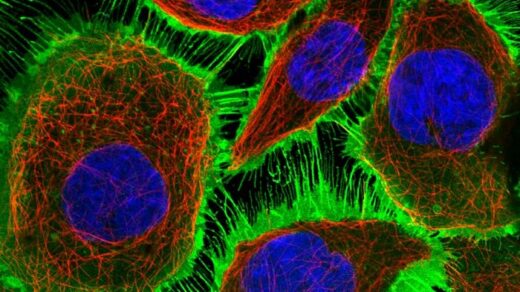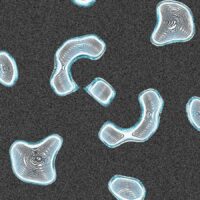Sexual dimorphism refers to the systematic differences in morphology, physiology, and behavior between males and females of a species. These differences are primarily attributed to evolutionary pressures and are often the result of sexual selection. Sexual dimorphism can be categorized into primary and secondary sexual characteristics, and its development is intricately tied to the mating systems and reproductive strategies of the species.
Primary Sexual Characteristics
Primary sexual characteristics are the organs and structures involved directly in reproduction. These characteristics are typically present at birth and are essential for sexual reproduction. In most species, these include the testes in males, which produce sperm, and the ovaries in females, which produce eggs. While these characteristics may differ in size or function between sexes, they are fundamental to reproduction and do not exhibit extreme differences across species compared to secondary sexual traits.
Secondary Sexual Characteristics
Secondary sexual characteristics are the morphological and behavioral traits that distinguish males from females but do not directly contribute to reproduction. These differences are often the result of sexual selection and may include:
- Size differences: In many species, males and females differ in body size, with one sex being larger or smaller than the other.
- Coloration: Male animals often exhibit brighter or more vibrant colors compared to females, as seen in many bird species like peacocks and some fish.
- Ornamentation: Features such as antlers, manes, combs, or elongated feathers are common in males and serve as signals of strength or genetic fitness to potential mates.
- Weapons for intrasexual competition: In many species, males have specialized structures, like antlers in deer or horns in certain species of goats, used in combat for access to mates.
Evolutionary Basis of Sexual Dimorphism
“The evolution of sexual dimorphism is primarily driven by sexual selection, a type of natural selection where certain traits increase an individual’s chances of securing a mate.”
There are two primary mechanisms contributing to sexual dimorphism:
- Mate Choice (Intersexual Selection): Females often prefer males with specific traits like larger size, vibrant coloration, or complex mating displays. These preferences lead to traits that increase male attractiveness, even if they are not beneficial for survival. For example, the bright plumage of peacocks signals genetic quality but may also increase predation risks.
- Intrasexual Competition (Male-Male Competition): Males may compete physically or behaviorally for mates. Traits like larger size or specialized weapons (e.g., antlers) evolve to improve success in these competitions, as seen in lions or elephant seals.
Examples of Sexual Dimorphism
Examples of sexual dimorphism abound in nature:
- Peacocks: Males have elaborate, colorful tails used to attract females.
- Lions: Males have a large mane, signaling strength and genetic fitness.
- Elephant Seals: Males are much larger than females, aiding in their dominance during mating competition.
- Praying Mantises: Females are larger and sometimes engage in sexual cannibalism.
- Fish: Male fish often display vibrant colors to signal health and fitness to mates.
Sexual Dimorphism and Reproductive Strategies
The degree of sexual dimorphism varies among species and is heavily influenced by reproductive strategies. Polygynous systems or lekking systems often exhibit pronounced dimorphism, while species with equal parental investment show less distinction.
Conclusion
Sexual dimorphism is a fascinating product of sexual selection, reflecting the interplay between ecological pressures and reproductive strategies. Secondary sexual characteristics, whether ornamental, physical, or behavioral, enhance reproductive success and provide profound insights into evolutionary processes.


















1 Response
[…] and Y chromosomes especially when it comes to SHOX expression are probably the main reason for the sexual dimorphism that’s seen in human height. It was shown that the Y chromosome seems to contribute more to […]